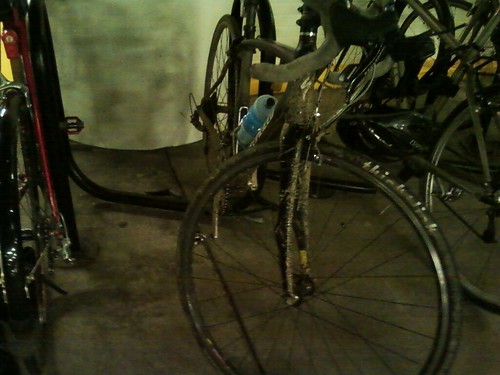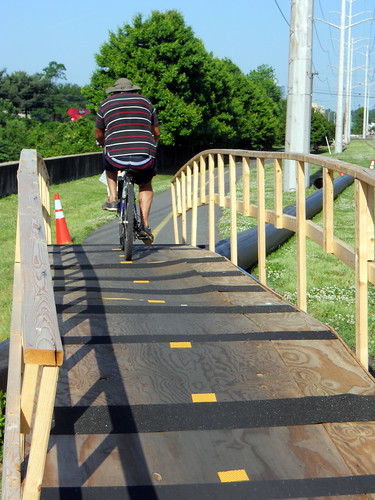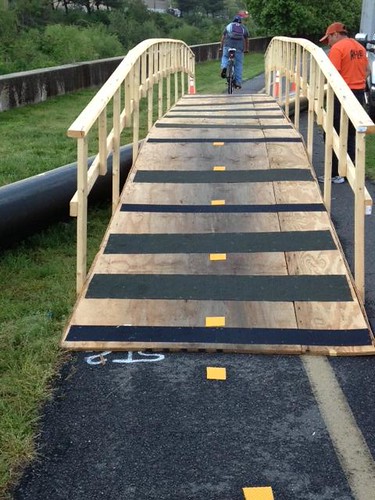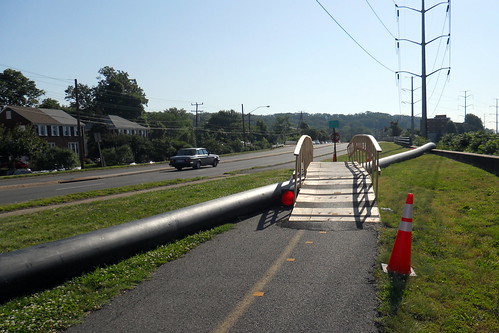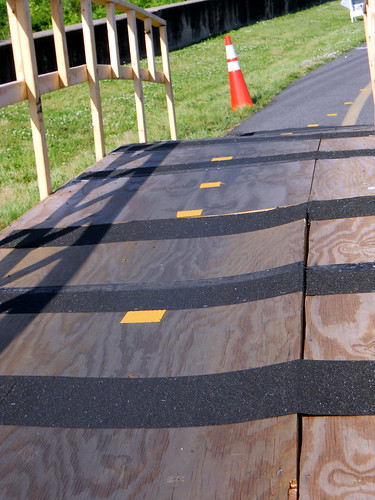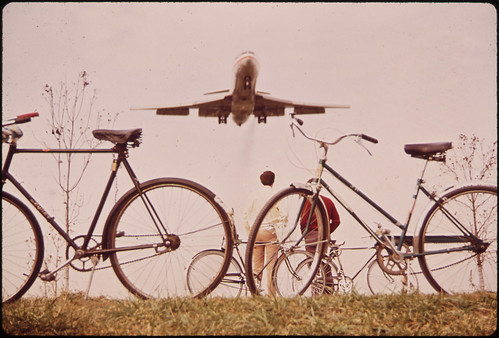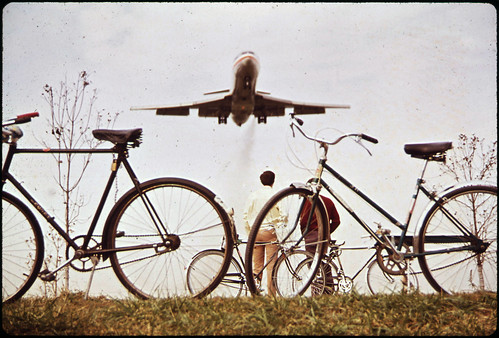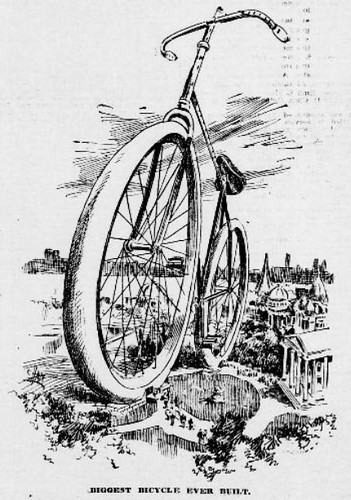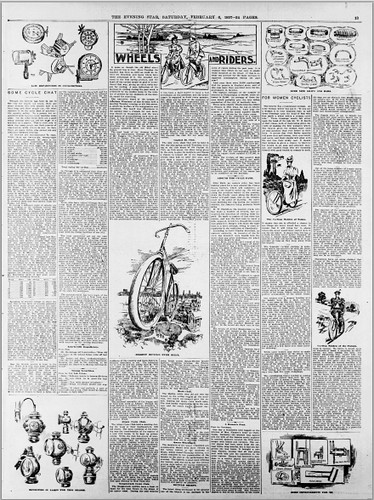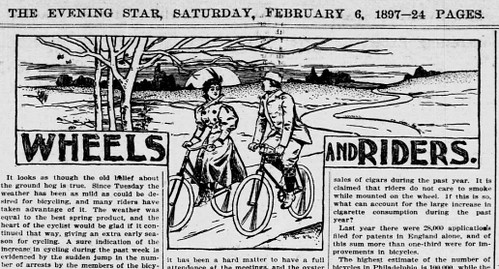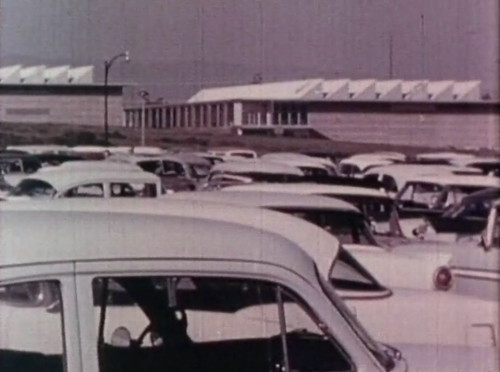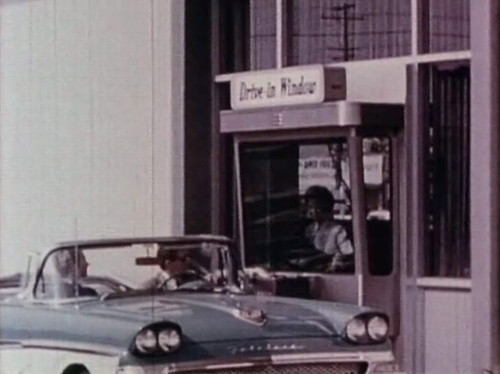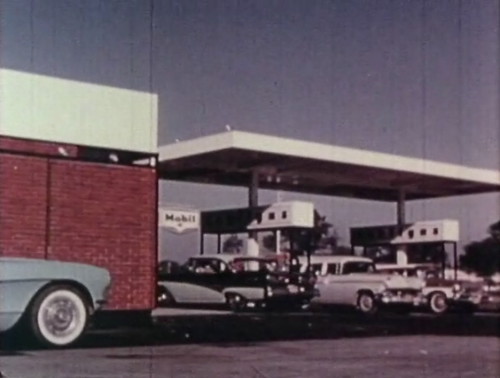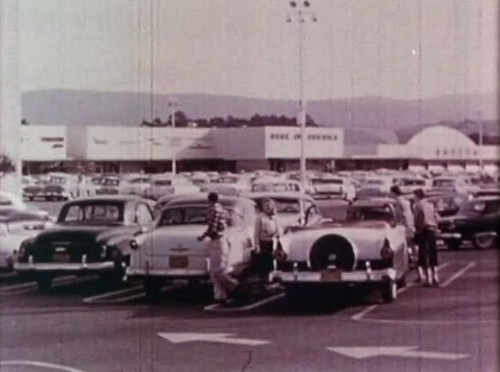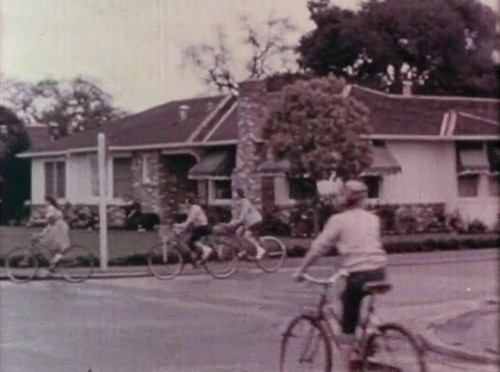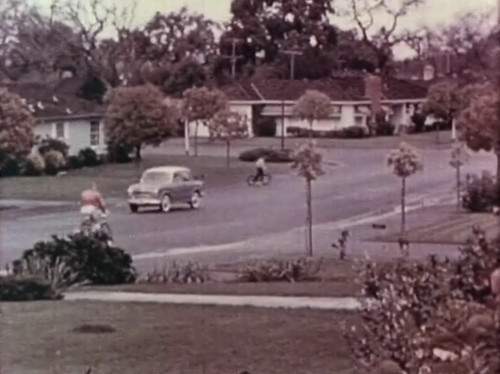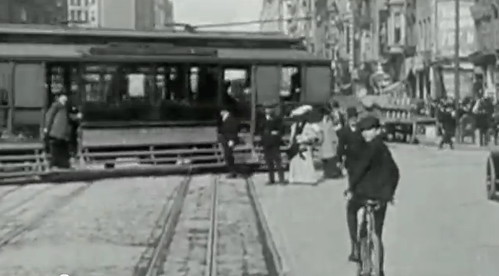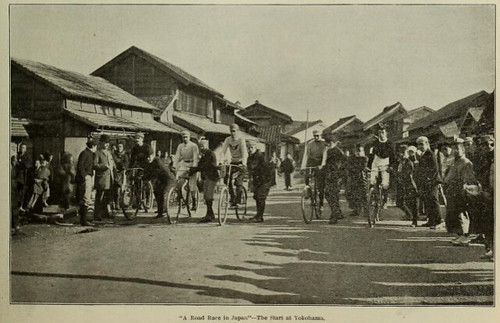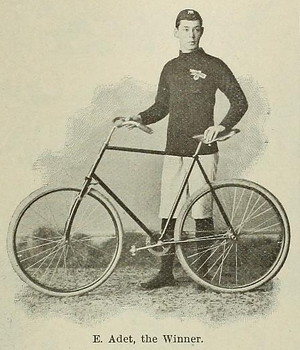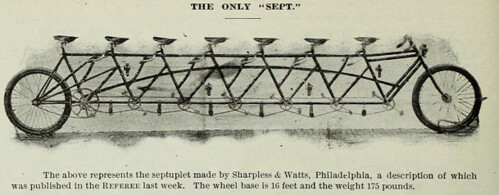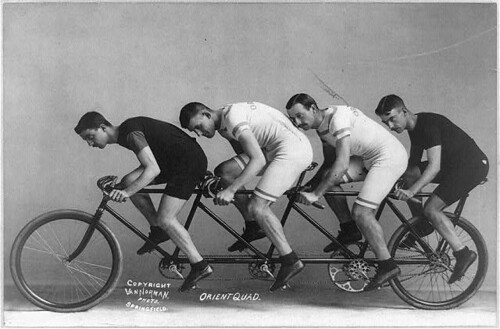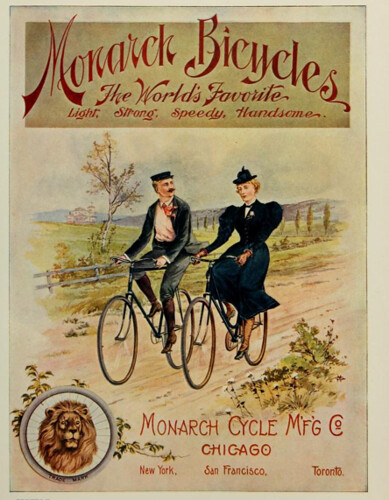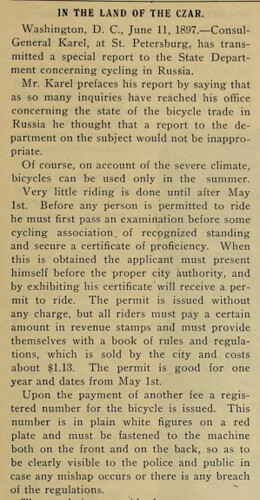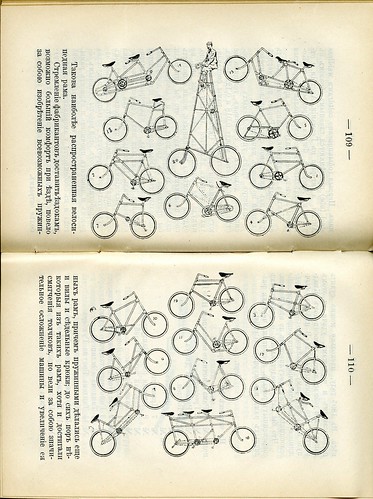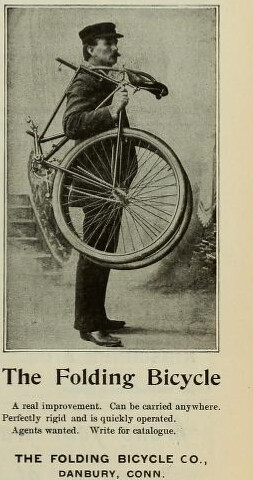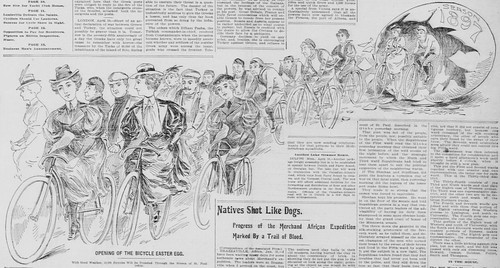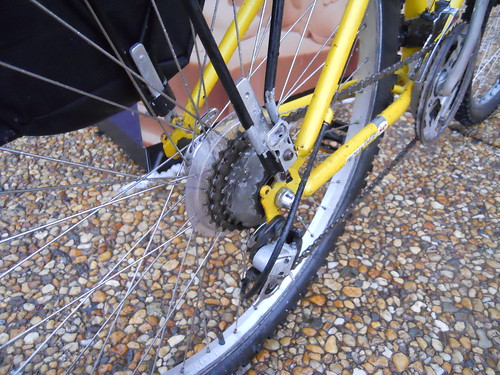The Library of Congress has some photographs in its U.S. Farm Security Administration/Office of War Information (FSA/OWI) collection from 1942 that are in the public domain, including these of cyclists on a weekend in June or July of 1942 on Haines Point.
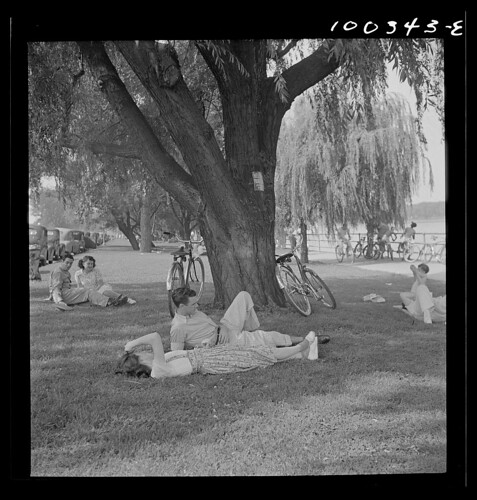
Title: Washington, D.C. Sunday cyclists at Haines Point
Creator(s): Collins, Marjory, 1912-1985, photographer
Date Created/Published: 1942 June-July
Medium: 1 negative : nitrate ; 2 1/4 x 2 1/4 inches or smaller.
http://www.loc.gov/pictures/item/fsa2000056827/PP/

Title: Washington, D.C. Sunday cyclist at Haines Point
Creator(s): Collins, Marjory, 1912-1985, photographer
Date Created/Published: 1942 June-July
Medium: 1 negative : nitrate ; 2 1/4 x 2 1/4 inches or smaller.
www.loc.gov/pictures/item/fsa2000056798/PP/

Title: Washington, D.C. Bicycling on Sunday at Haines Point
Creator(s): Collins, Marjory, 1912-1985, photographer
Date Created/Published: 1942 June-July
Medium: 1 negative : nitrate ; 2 1/4 x 2 1/4 inches or smaller.
www.loc.gov/pictures/item/fsa2000056795/PP/
Oddly the Library of Congress records all refer to
Hains Point as "Haines Point."
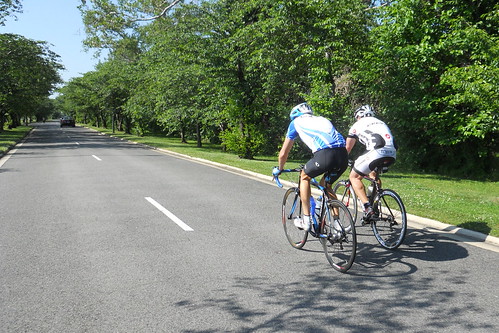 Riders I saw today at Hains Point
Riders I saw today at Hains Point
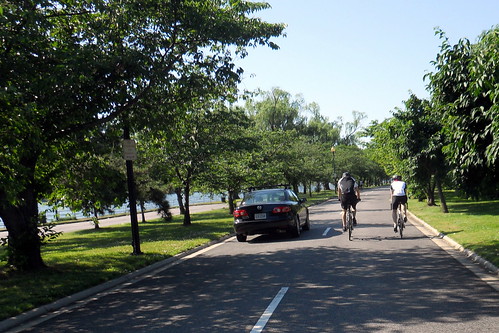 Sharing the road with cars on Hains Point
Sharing the road with cars on Hains Point

